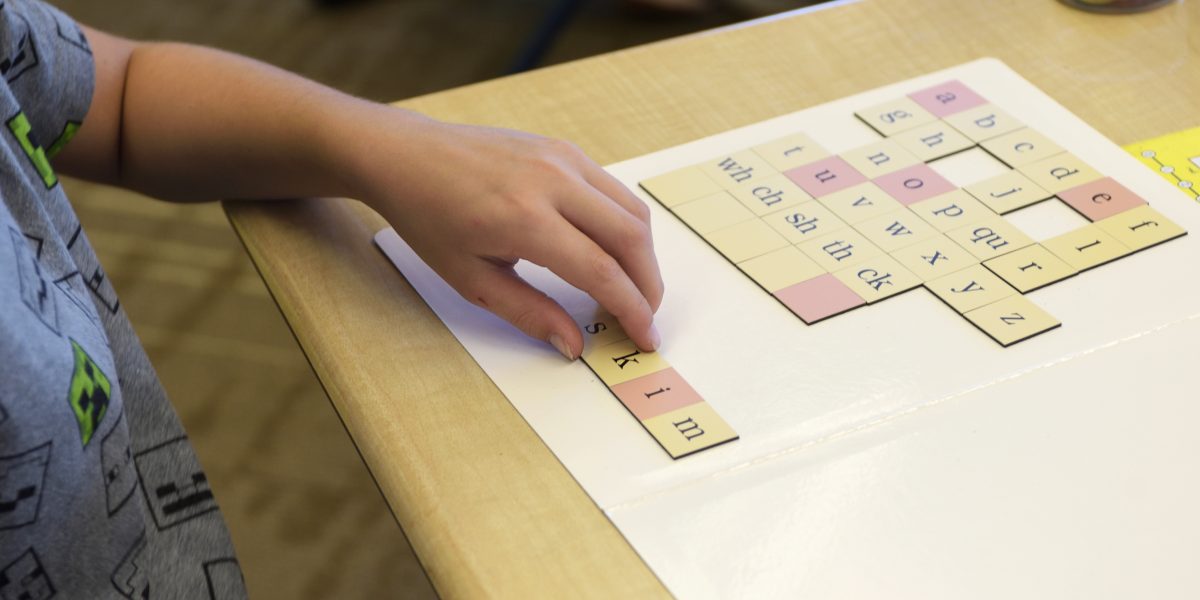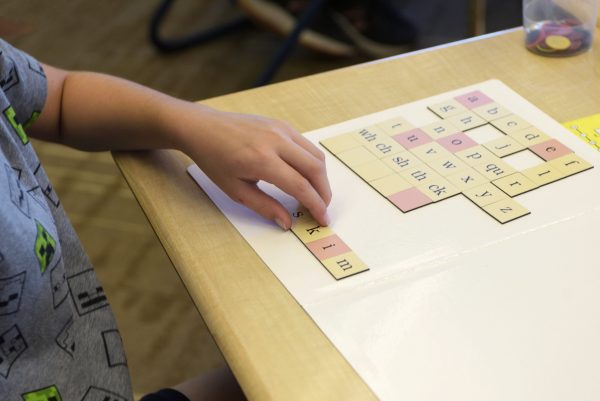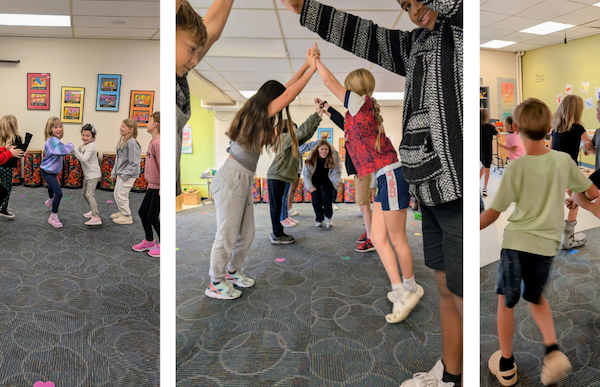
Encouraging Self-Regulation in Children with ADHD
July 18, 2024
Secrets to Leaving the House on Time in the Morning
August 1, 2024
The International Dyslexia Association has adopted the wording “Structured Literacy'' to describe the type of Reading program that is most successful for struggling readers. This label replaces the terminology of “Multisensory Reading Instruction'', which includes programs such as Orton-Gillingham, Lindamood Bell, Wilson Reading Program and LETRS, among many others.

Structured Literacy programs teach both oral and written language in an explicit and systematic fashion. There is evidence that Structured Literacy is beneficial to all readers.
There are several key elements to Structured Literacy Programs:
- Phonology – teaching students how to segment words into parts or sounds. For example the word “bat” has 3 sounds or phonemes.
- Sound – Symbol Association – When students develop their skills in recognizing the sounds in words, then they learn how to attach those sounds to specific symbols (letters). Students are taught how to read (decode) words and how to spell (encode) words at the same time. They are taught how to blend the sounds to form words and how to “take apart” words to write the symbols that correspond to the sounds
- Syllable Instruction- a syllable is a unit that has a vowel. For example “bat” has one syllable and the vowel is “a”. The word “Compete” has 2 syllables, “com” and “pete”. How words are divided helps the student know how to pronounce them. For example, the word “go” is an open syllable word, that is why the “o” says its name. The word “got” is a closed syllable word, so the “o” has a short sound.
- Morphology – a morpheme is the smallest unit of meaning in language. In Structured Literacy, the teacher instructs students in base words, root words, prefixes and suffixes. This helps students remember the meanings of related words and aids spelling, for example, the prefix “con” means put together. If the student knows the meaning of that prefix, they will understand the words: construct, conference and connect.
Good readers and writers decode and spell words, comprehend oral and written language and use language to communicate verbally and in writing. Syntax and Semantics instruction results in language comprehension, at the level of listening and reading, and the ability to clearly express ideas, verbally and in writing.
In classrooms using Structured Literacy concepts are directly taught and practiced. Students are directly supervised as they practice. Students are not expected to figure out how to read or write on their own. Instruction follows a set pattern, progressing from easy to more challenging concepts. Teachers use methods designed to engage the student. Listening, speaking, reading and writing occur together. After each lesson, the teacher analyzes the student’s performance and will adjust the pace, adjust the way lessons are presented or the amount of work to support optimal learning. (Resource: Perspectives on Language and Literacy, Spring Edition 2019)
The goal of Structured Literacy is to enable all students to become proficient readers, not just the 40% who currently score at the proficient range in reading on the NAEP assessments (National Assessment of Educational Progress).
On a more personal note, we at the Springer Learning Center are thrilled to be advancing this type of teaching expertise among area professionals. This summer, several Wilson® trainings have equipped teachers to implement life-changing reading instruction in their classrooms. On Monday, we'll host a 3-day Introduction to Wilson® training with educators from across the country.
Further reading:
There is a Right Way to Teach Reading, and Mississippi Knows It” by Emily Hanford.



